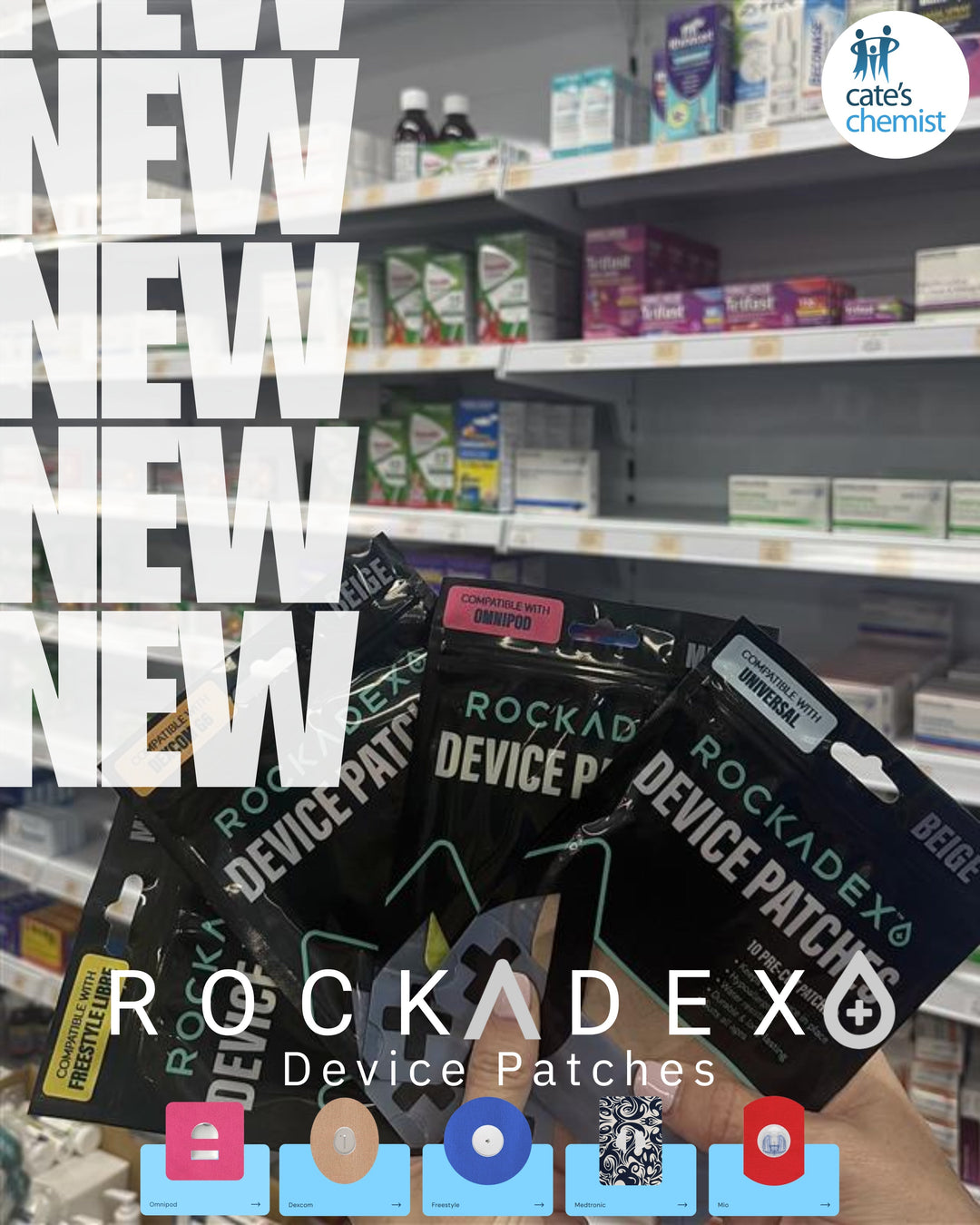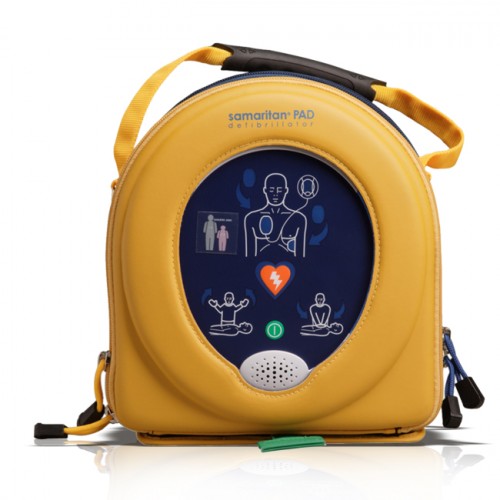Sunscreens
Many of us recall fondly the Slip Slop Slap mantra, popularised by a Cancer Council campaign starting in 1981 – It is still one of the most successful health campaigns in Australia's history. Since 2007 though, our children have been learning Slip Slop Slap Seek Slide. If you ‘Slip Slop Slap’ them, the little whipper snappers might chide you for not remembering the whole lot!

Australia has one of the highest rates of skin cancer in the world and sunscreen use is one of the five important ways of reducing the risk of skin cancer in young and old alike.
Sunscreen prevents squamous cell carcinomas (a common keratinocyte cancer) and the infamous melanoma. Sunscreen works by blocking and absorbing UV rays through a combination of physical and chemical particles. Physical particles, such as zinc oxide and titanium dioxide, are used to reflect UV radiation from the skin. At the same time, complex chemical ingredients in sunscreen react with radiation before it penetrates the skin, absorbing the rays and releasing the energy as heat. A combination of blocking and absorbing UV radiation is especially important to combat both UVB and UVA rays. UVB radiation is the main cause of sunburn and skin cancer. UVA rays, on the other hand, penetrate more deeply into the skin and were once thought to only cause skin aging and wrinkling. However, recent research has confirmed that UVA rays also play a significant role in the development of skin cancer.
Therefore since 2012, all Australian primary sunscreens with an SPF greater than 4 must offer ‘broad-spectrum’ protection, meaning they need to protect against UVA and UVB radiation. There are some cheaper foreign brands slipping into the market, so check your labels and use reputable brands from reputable sellers.
Sunscreens with a sun protection factor (SPF) of 4 should also be listed on the Australian Register of the Therapeutic Goods Administration, providing us assurance of quality and standards. The highest SPF for sunscreen available in Australia is SPF50+.
The SPF number is only a guide to a sunscreen’s protection. In laboratory conditions, when used as directed, SPF30 sunscreen filters 96.7% of UV radiation and SPF50 filters 98%. Both provide excellent protection if they are applied properly.
Many people apply sunscreen every day, often over large areas of their body, increasingly as part of their beauty and anti-ageing routine. The Cancer Council recommends using sunscreen every day on days when the UV Index is forecast to be 3 or above. When UV levels are below 3, you might still use sunscreen if you are working outdoors, near reflective surfaces (like boating), or outside for extended periods.
To shop for sunscreens visit https://cateschemist.com.au/collections/shop-all/categories_sun-care.
Ask and shop around for formulations that suit your requirements. Different formulations are designed for sensitive skin, active people, water sports, as part of a daily routine and for mature skin types. An anti-aging day lotion might combine essential oils and broad-spectrum SPF 30 to support a healthy-looking glow while providing nourishing moisture and comfort.
Sunscreen Tips:
- Apply 20 minutes before going outdoors.
- Use a generous amount of sunscreen. One teaspoon per limb, one for the front of the body, one for the back and one for the head. A full body application for an adult should be at least 35mL or seven teaspoons!
- If outdoors, reapply every two hours.
- Reapply more regularly if swimming, sweating or towel drying.
- If you have sensitive skin and have had a reaction to sunscreen in the past, look for fragrance-free products and talk to a pharmacist or doctor about choosing one with different ingredients.
- If you don’t want sunscreen residue left on your hands, look for a gel.
Australians shouldn't expose themselves to the sun extra to get more vitamin D. Studies suggest, most Australians get enough vitamin D with just a few minutes of sun exposure while completing day-to-day tasks such as walking to the local shops.
Cancer Council does not recommend the use of sunscreen in babies under six months. The main forms of sun protection for babies should always be protective clothing, hats and shade.
Remember, sunscreen should not be used as your only line of defence against UV. Also use clothing, hats, sunglasses and chase the shade – Slip Slop Slap Seek and Slide!






